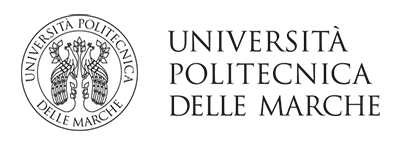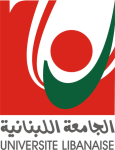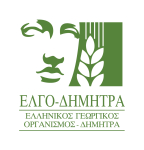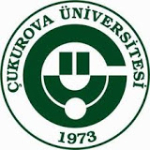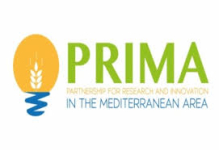Pooling of pastoral resources can increase efficiency of pastoral outcomes in general, while combined with short VCP they have the potential to reduce GHG emissions.
An enabling policy framework is necessary for Mediterranean pastoralism, however it does not focus specifically on pastoralism and its unique characteristics and this generalized approach sometimes decreases performance and does not contribute to resolve problems. PASTINNOVA is in line with the most important policy frameworks in force
• The Farm to Fork Strategy and the ambitious environmental goals of Biodiversity Strategy of the EU for 2030 (Figure 1), many of which are highly relevant to pastoralism: focus on climate change mitigation and adaptation; a reduction by 50% in antimicrobials for farmed animals; restoring ecosystem and biodiversity functions; reaching 10% of areas with high diversity (agro-ecological infrastructures).
• European Green Deal. Eco-schemes are proposed to address the Green Deal targets, in particular those stemming from the Farm to Fork Strategy and the Biodiversity Strategy for 2030, and to fulfil the climate and environmental specific objectives of the CAP. However, measures for livestock are mostly oriented to intensive production and disregard the fact that pastoralism has integrated beneficial practices for centuries (e.g low intensity grass-based systems, extensive use of permanent grasslands, increased grazing periods, protection of genetic diversity of animals raised, silvo-pastoral systems, transhumance, common grazing)
• Pastoralism is targeted by FAO Sustainable Development Goals – especially with regards to (i) higher incomes and access to land (2.3) for small scale-producers and vulnerable actors such as women; (ii) productivity combined with sustainable practices and resilience (2.4, 12.3); (iii) sustainable management of natural resources (12.2); (iv) keeping local livestock breeds (2.5.2) and; (v) efficient use of waste and by-products through valorisation of local knowledge (12.5)
• PASTINNOVA is in line with the work of the “Union for the Mediterranean” (UfM) and fits perfectly into the dictates of Valletta Declaration on strengthening Euro-Mediterranean cooperation through Research and Innovation and on “contributing to a more competitive, socially inclusive and sustainable Europe adapted to challenges of climate change, demography and digitalisation”.
A participatory inclusive approach based on Living Laboratories (LLs) will be undertaken to tackle the specificities of Mediterranean pastoralism. LLs in PASTINNOVA will be based on the creation of a common network on “Pastoral actors and VCP” (Figure 2) with a mission to pool existing pastoral resources (within PASTINNOVA partnership and from external sources) with different levels of maturity – from pioneer innovations to established practices -and to re-adapt, replicate (at higher TRL) and transfer the ones with high potential across Mediterranean Regions thus co-creating innovative solutions addressing the needs of end-users. The network will valorize experiences and best-practices and upscale them to wider audiences and areas.
The common network on “Pastoral actors and VCP” will be articulated in a “Participatory Platform for Mediterranean Pastoralism” (PPMP) and four Regional LLs (RLLs) (Figure 2)
• The PPMP will be comprised by one representative from each project partner and will (i) coordinate the process of pooling existing knowledge and other pastoral resources; (ii) serve as a nexus among RLLs ensuring inter-connection, communication, co-learning and information flows and; (iii) monitor the advancement of the RLL activities and tackle problems that could arise during the co-creation process.
• The four RLLs will undertake the co-creation approach, co-designing implementing, assessing and characterizing innovative solutions (IBM), while also contributing to the validation of results, outputs and strategies. The RRLs will group countries from Regions with common economic, socio-political, cultural and environmental challenges and geo-climatic affinities in their pastoral systems (Figure 3). Each RLL will involve participants relevant to their main mission, which will be a domain chosen based on (i) the main challenges in the specific Region and (ii) the competences/prior activities of regional partners.
Based on existing knowledge, PASTINNOVA will consolidate what makes the identities of pastoral farms and the different faces of their performances, gender balance, survival strategies over time and future trajectories under climate change and unexpected market conditions. It will deliver IBM targeted on pastoralism and its products to upscale performances of pastoral farms and Organizations and to rediscover ‘pastoral identities’ - for those who have chosen other pathways or altered their pastoral profile. For this reason, PASTINNOVA is pooling a significant amount of existing pastoral resources (knowledge, experience, project outputs, networks) elaborated by project partners in previous projects. However, the PASTINNOVA network (PPMP and RLLs) will foster a broad range of other best-practices, ideas and visions for co-creation and will not be limited to these specific IBM. The concept is to motivate and involve farmers and other actors in the co-creation of the innovations they require.
• Technological/Production (TRL (Actual/Target) 5-6/6-7)
• Organizational – Managerial Farm level (TRL (Actual/Target) 5-6/6-8)
• Value chain – Market - Logistics (TRL (Actual/Target) 5-6/6-8)
• Cooperatives - Associations – Farmer organization - Governance (TRL (Actual/Target) 5-6/6-7)
PASTINNOVA employs a methodological framework which combines co-creation, co-assessments and impleme-ntation where four elements interact (Figure 4) (1) Diagnosis of needs (on-desk and participatory listing, identification and scoring of IBM); (2) Co-creation in RLLs, sustainability assessments of IBM; (3) Scaling up of successful examples; (4) Policy and market uptake. This framework is organized in seven Work Packages (WP).
• WP0 involves project management and WP6 dissemination, communication and policy dialogue activities.
• WP1 includes preparatory activities to establish RLLs and to discover, analyse and pinpoint IBM with high potential for the different Mediterranean Regions (literature analysis and qualitative interviews).
• This information will feed WP2, within which RLLs will initiate the co-creation process. VCP related to IBM will be mapped and examined based on “Follow-the-Thing”, a qualitative and situated ethnographic method [21], to identify and map key stakeholders, practices and barriers that play a role along the VCP. In addition, selected IBM will be implemented by means of protocols that will be designed under the guidance of relevant partners; assessed by RLLs through specific sets of indicators; and characterized on the basis of their potential for upscaling. Since RLLs will provide input and feedback in numerous other activities, they will operate based on a combination of participatory methods (based on the number of actors involved in each occasion and the issue at hand): Focus groups with semi-structured scripts, collective workshops and world café (a simple, effective and flexible format for hosting large group dialogue, based on the understanding that conversation is the core process that drives personal, business, and organizational life [44].
• WP3 will be based on pooling data from previous projects and open repositories to provide (i) assessments of environmental sustainability (ES provision under standard methodologies e.g. IPCC tiers or on-site measurements; biodiversity and land use analysis combining GIS methods with standard models such as ‘MaxEnt’, ‘Clue’ and ‘Wordclim’; GHG emissions reduction with Data Envelopment Analysis, based on benchmarking farming practices that are beneficial to GHG mitigation [10]; LCA and S-LCA analysis using standard tools i.e. ISO standards (ISO 14040/44, 2006), methodological rules of the main international LCA guidelines for the livestock sector (FAO, 2016) and UNEP guidelines [46] for S-LCA); (ii) socioeconomic sustainability assessment (parametric programming, which is an optimization method that allows to derive optimal organization under different availability of scarce inputs) [29]. These assessments will feed characterization by RLLs in WP2 and highlight practices and methods towards mitigation/adaptation to climate change.
• WP4 will provide a multi-tenant ICT tool to interconnect VCP actors and promote e-sales and will investigate consumer preferences on pastoral products through data from an online survey, using standard multivariate analysis techniques (e.g. Principal Component Analysis and Cluster Analysis [42]). This WP will also increase the involvement of vulnerable groups (especially women and young people) through a combination of participatory methods with a political ecology approach.
• WP5 will adopt a bottom-up approach that will involve active involvement of LLs and participatory approaches (e.g. focus groups) to assess policies that affect Mediterranean pastoralism and propose measures to support it. This will be combined with the elaboration of business plans and support for pastoral Organizations (guidelines, empowerment). As part of this approach, the basis for a ‘pastoral eco-scheme’ (following the CAP’s Strategic Plan Green Architecture) will be delivered.
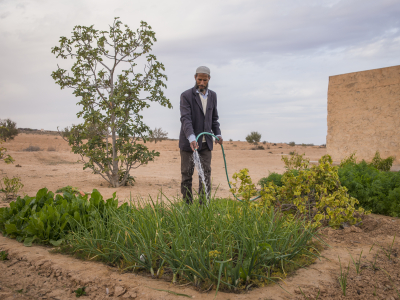

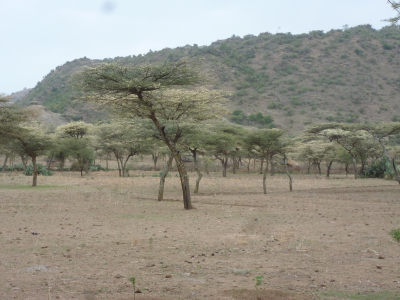


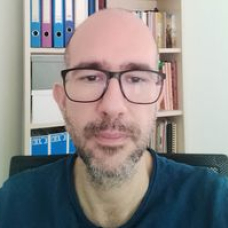



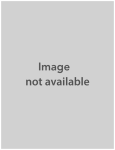

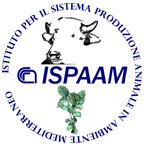

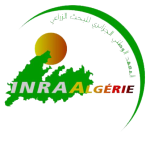
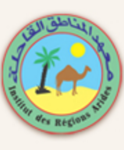
.jpg)
